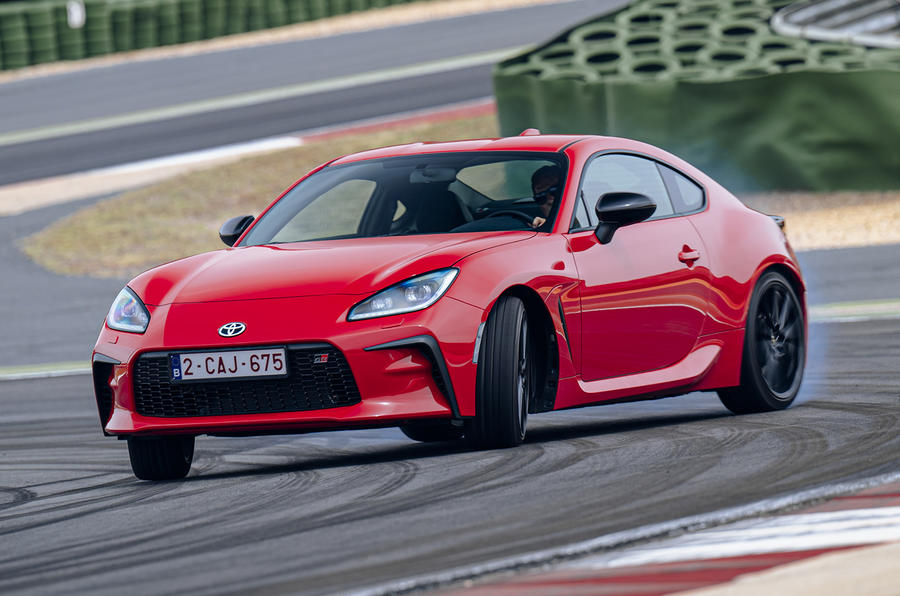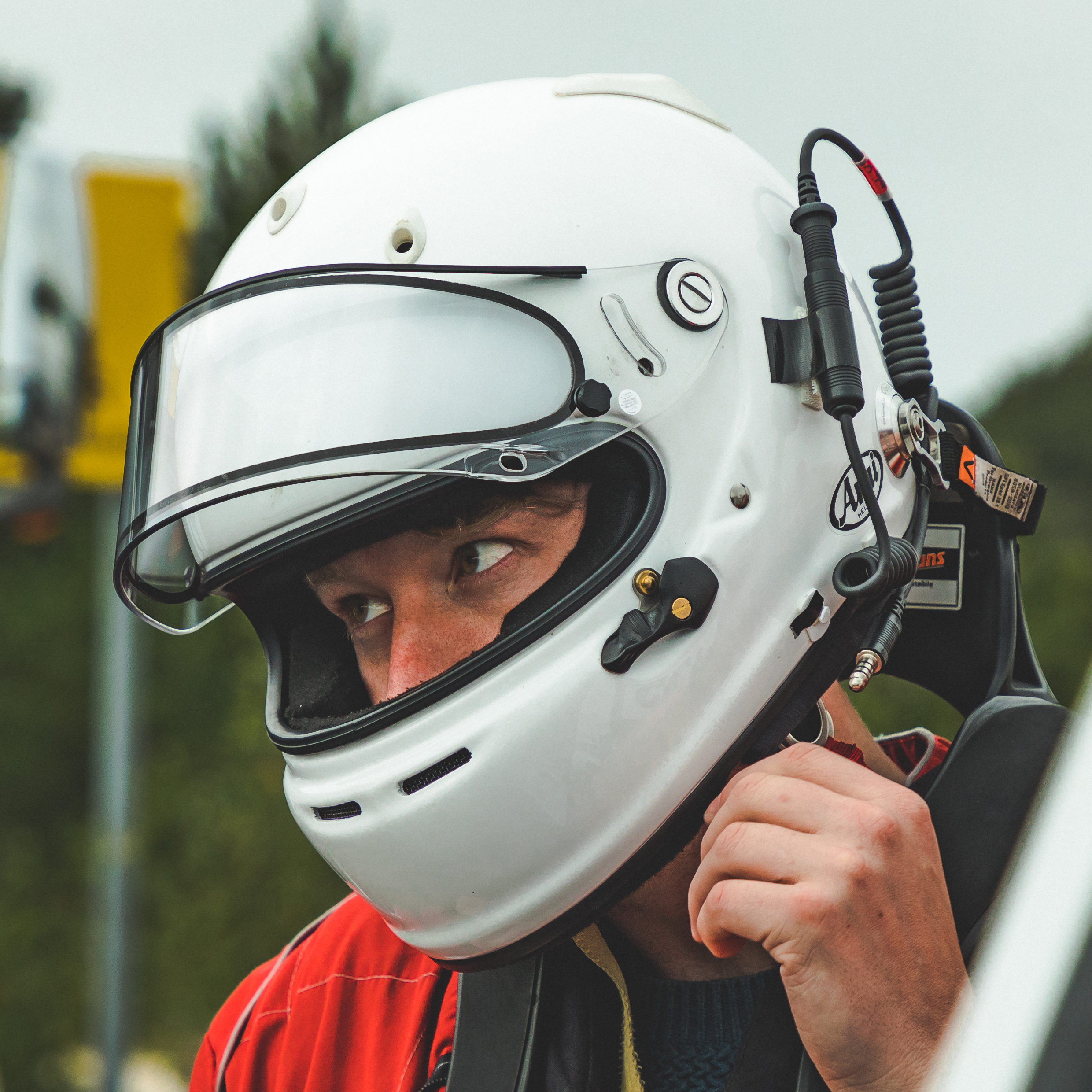Ninety minutes. That’s all it took to sell build slots for the two years’ worth of Toyota GR86 production that’s coming our way.
And after that? You may already know this, but there won’t be any UK-bound cars after that. In 2024, the ‘B’ measures of the EU’s General Safety Regulation standard come into force in Europe and short of re-engineering the thing, Toyota isn’t able to bring the GR86 up to scratch, so that will be it. Yes, there’s a small chance extra slots will become available before then, but given that those would need to be poached from other markets, don’t count on it. Even then, any requested car would need to be assembled at Subaru’s Gunma plant in Japan (the tie-up established for the old Toyota GT86/Subaru BRZ continues), shipped and registered before 7 July 2024, which is when the legislative portcullis slams down.
So, for anyone who has paid their £1000 deposit, bloody well done. For the rest of us, time to discover what exactly it is we’ll be missing out on, at least until GR86 examples reach the secondary market, at first almost certainly with premiums attached.

Sounds mad, doesn't it, though you have to imagine premiums will be demanded. This isn’t some limited-edition Ferrari – only a four-pot Toyota with less shove than a Golf GTI. But as the GR Yaris has already shown, if you build something that grips the imagination of ‘ordinary’ petrolheads and price it sensibly, demand can outstrip that of every supercar on the planet combined and then some. At £29,995 for the manual version, the GR86 is priced very sensibly indeed, and short of Porsche asking Cayman money for the next 911 GT3, the level of genuine, cash-waving demand for this little sports car won’t easily be surpassed.
So what do the lucky deposit holders have in store? In essence, an evolution of the charming but rough-edged GT86, which was introduced in 2012 and enthralled anyone and everyone who drove one in anger (especially in the wet) but never did the numbers for Toyota. Only 7500 were sold over here in nine years, and even if it's unlikely the car was loss-making, there’s no doubt it made scant profit. What it did for Toyota’s perception both of itself internally and in the eyes of enthusiasts was far more valuable. The GT86 paved the way for the eventual revival of the Toyota Supra, then the red-hot GR Yaris and now its own successor, the GR86, all under the aegis of the Gazoo Racing sub-brand whose initials have come to be widely respected and even revered.













































Add your comment